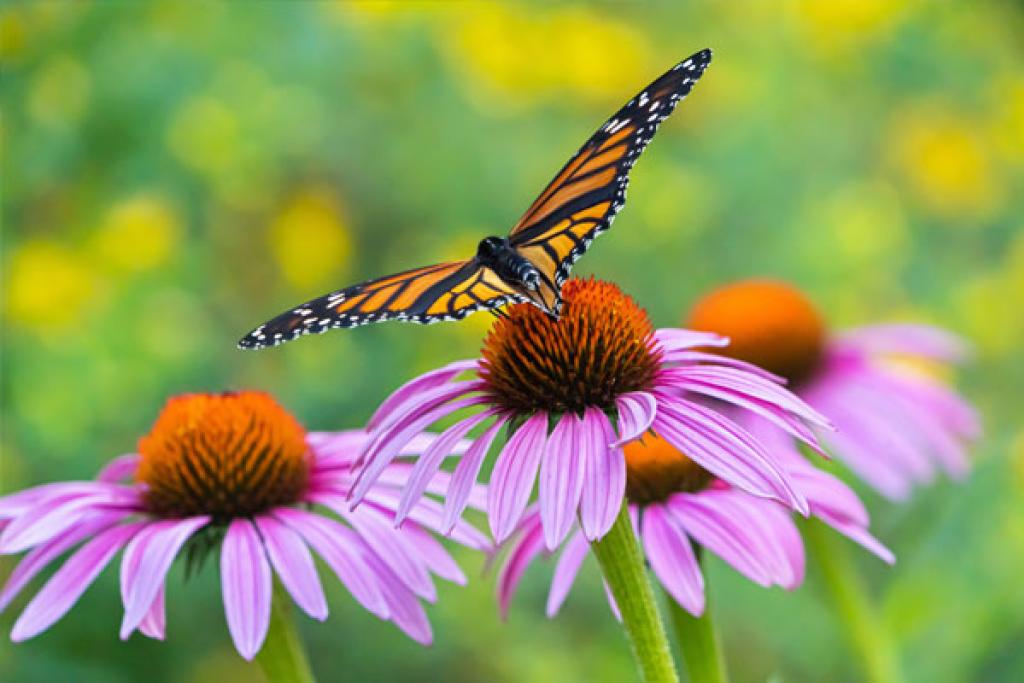How can you use VR and AR in the classroom? Virtual Reality engages multiple senses, sight, touch, hearing, and sometimes smell! In the classroom, you are not just observing material but actually being part of it. You can explore the world and visit different locations. There are virtual field trips that you could take your students on to let them explore different areas, you could check out interactive simulators to see how earthquakes affect the land and structures around them. Another example of using virtual reality in the classroom is learning about the anatomy of humans, their organs, and bones and dissecting animals as well. All of these tools give students a greater understanding and a closer look at how things work.

Augmented Reality is digitizing classroom learning. It takes what you have and enhances it. For example, it can take your drawing and make it come to life. It doesn’t require any new materials. It can be accessed with your own computer and materials.

Now that we know a little about them how can vr and ar contribute to possible successful global collaborations or meet a global goal? When I think about global goals I know that they are big goals but with lots of people all working together collaboratively they can be met. With the use of vr and ar tools we can get even more people involved and aware of what the global goals are. What are the steps to get there? With the help of the Oculus you can download an experience called Pollinator Park. This would relate to SDG 2: Zero Hunger. Pollinator Park shows what our world would look like without pollinators. According to the United States Department of Agriculture, “Pollinators help ensure the world eats. Scientists estimate that about 75% of the world’s flowering plants and about 35% of the world’s food crops depend on animal pollinators to produce. While more than 3,500 species of native bees help increase crop yields, pollinators include many more species than just bees. Flowers can be pollinated by both insects and animals – such as bees, wasps, moths, flies, butterflies, birds and even small mammals such as bats. Despite their importance, many pollinators are declining in numbers, posing a threat not only to the world’s ecosystems but to global food security as well.” Showing how this is important can help students want to be involved at home and in school.
Check out this video of Pollinator Park in action!


Experiences like Pollinator Park are numerous. There are ones that focus on other sustainable global goals as well. I looked for the ones that focused on SDG 2 as that was what I focused on this semester. Another VR experience that stood out to me was Cooking Simulator. Unlike Pollinator Park, this experience is not free. What I did like about this is that it helps you learn how to cook the food that you are growing, teaching the basic cooking mechanics like slicing and learning cooking temperatures which are lifelong skills to have.
As a future educator learning about VR and AR, I’m excited to see how I can use this in my future classroom. In my local school, we don’t have VR tools for students or the budget for them but to get that would be amazing. Hearing that the AR features don’t cost extra and use what you have is exciting and I want to see how I can incorporate that.